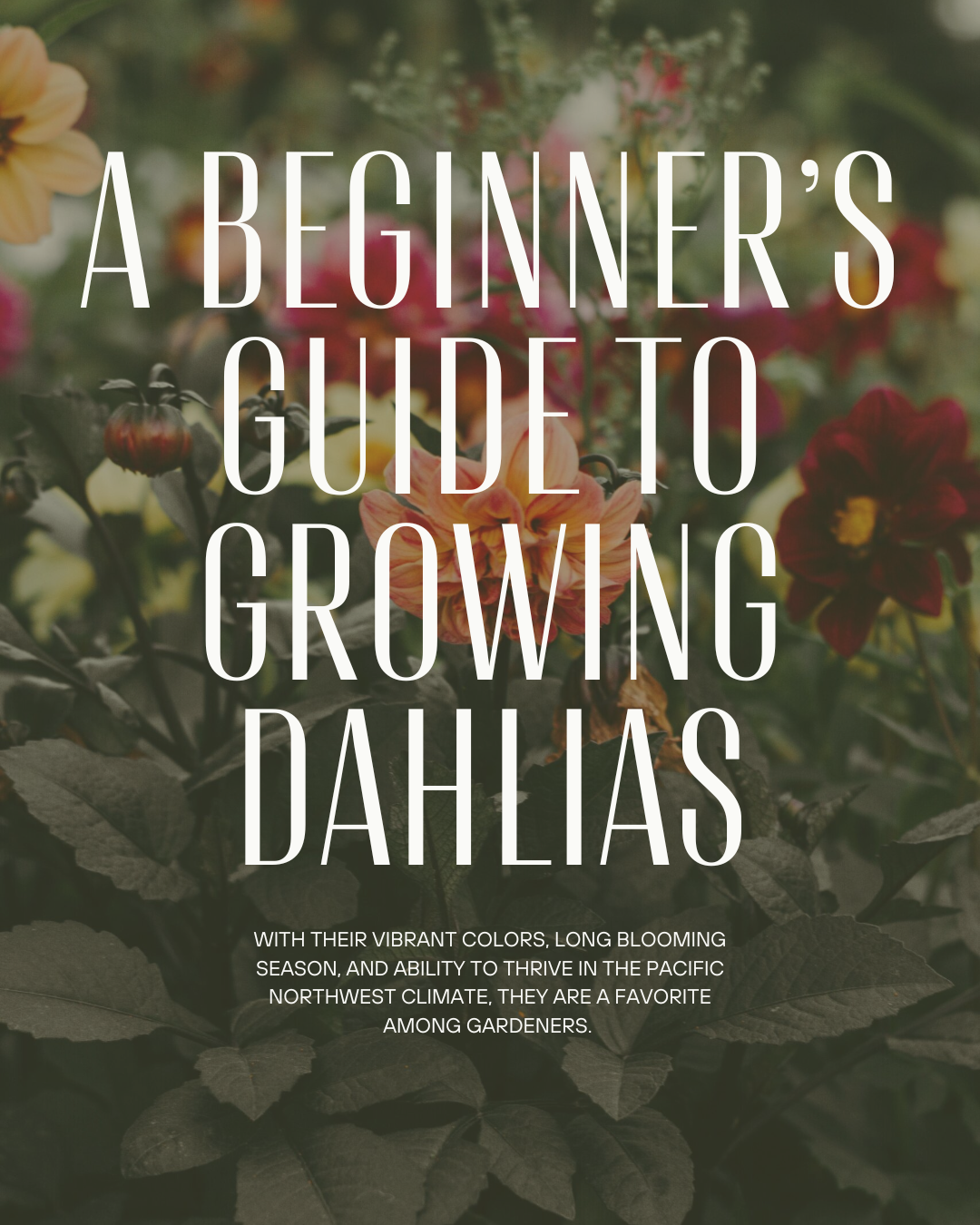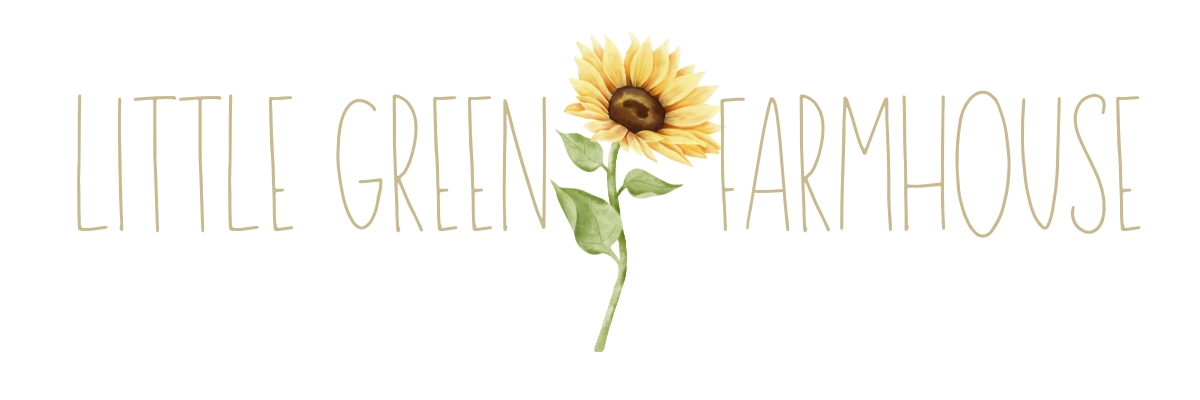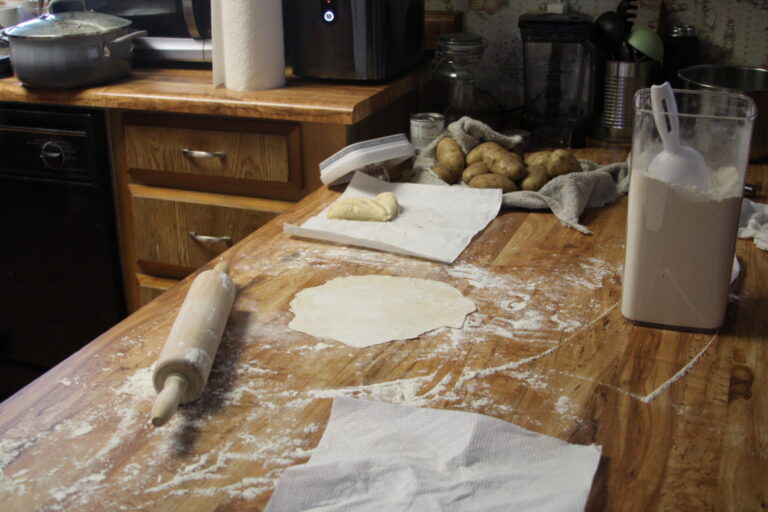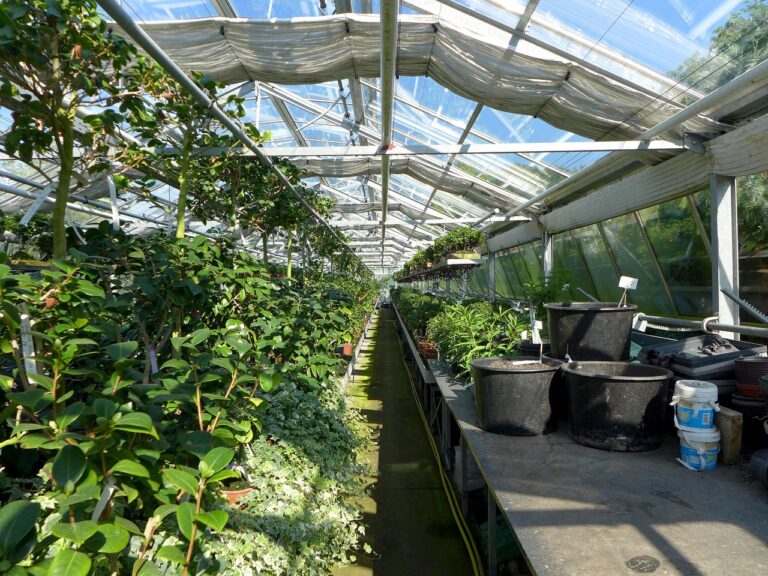A Beginner’s Guide to Growing Dahlias

Dahlias are one of the most stunning flowers you can grow in Puyallup, Washington. With their vibrant colors, long blooming season, and ability to thrive in the Pacific Northwest climate, they are a favorite among gardeners. If you’re new to growing dahlias, this guide will walk you through everything you need to know to successfully plant and care for these beautiful flowers, just in time for the upcoming growing season.
Why Dahlias Thrive in Puyallup
Puyallup’s climate, with its mild summers and ample rainfall, provides excellent growing conditions for dahlias. These flowers do best in well-draining soil and full sun, which Puyallup offers from late spring through early fall. Since we are currently in February, now is the perfect time to start planning for your dahlia garden!
Step 1: Choosing Your Dahlia Tubers
- Where to Buy: Local nurseries, the Puyallup Farmers Market, or reputable online suppliers.
- Best Varieties for Beginners: Consider ‘Cafe au Lait’ (large, elegant blooms), ‘Bishop of Llandaff’ (dark foliage and bright red flowers), or ‘Boom Boom White’ (great for cut flowers).
- Check for Healthy Tubers: Look for firm, plump tubers with at least one visible “eye” (where the sprout will emerge).
Step 2: Preparing the Soil
- Ideal Soil Conditions: Dahlias prefer well-draining, slightly acidic to neutral soil (pH 6.5-7.0).
- Improving Drainage: If you have heavy clay soil, mix in sand, compost, or peat moss to improve drainage.
- Best Planting Location: Choose a spot with at least 6-8 hours of direct sunlight daily.
Step 3: When & How to Plant Dahlias
- When to Plant in Puyallup: Since dahlias are sensitive to frost, wait until mid to late April when the soil has warmed to about 60°F.
- How to Plant:
- Dig a hole 4-6 inches deep.
- Place the tuber horizontally with the eye facing up.
- Cover with 2-3 inches of soil (do not water immediately after planting).
- Space tubers 18-24 inches apart to allow for airflow and growth.
Step 4: Watering & Fertilizing
- Watering Needs: Dahlias need consistent moisture, but avoid overwatering before sprouts emerge.
- Best Watering Method: Use drip irrigation or a soaker hose to keep moisture at the roots.
- Fertilization: Use a low-nitrogen fertilizer (like 5-10-10) every 3-4 weeks to encourage flowering rather than leafy growth.
Step 5: Staking & Supporting Your Dahlias
- Why Stake? Tall varieties (3+ feet) benefit from staking to prevent breakage from wind or rain.
- How to Stake: Place a sturdy stake at planting time to avoid damaging tubers later.
- Tying Dahlias: Use soft garden ties or twine to secure stems to stakes as they grow.
Step 6: Maintaining & Extending Blooms
- Pinching for More Blooms: When your plant reaches 12-16 inches tall, pinch off the top set of leaves to encourage branching.
- Deadheading Spent Flowers: Remove wilted blooms to encourage more flowers through fall.
- Pest & Disease Prevention:
- Watch for slugs, aphids, and spider mites, especially in early summer.
- Apply organic slug bait or neem oil as needed.
Step 7: Digging & Storing Tubers for Next Year
- When to Dig Up Dahlias: In late October or early November, once the first frost blackens the foliage.
- How to Store:
- Carefully lift tubers from the soil, avoiding damage.
- Let them dry for a few days in a cool, dark place.
- Store in peat moss, sawdust, or paper bags at 40-50°F until spring.
Final Thoughts
Growing dahlias in Puyallup is a rewarding experience, especially when you see your first blooms in mid-summer! By choosing the right varieties, preparing your soil, and following proper care techniques, you’ll enjoy a stunning, long-lasting floral display from July through October.
Would you like a printable checklist for easy reference throughout the growing season? Let us know in the comments!







